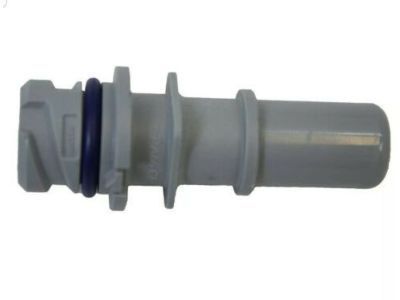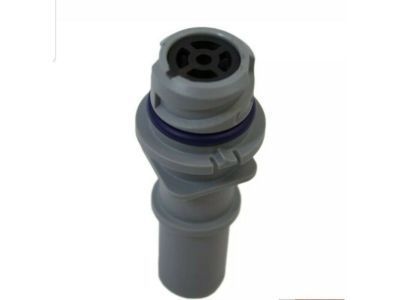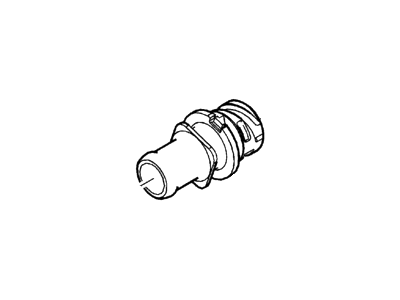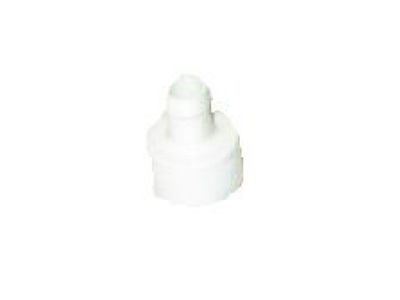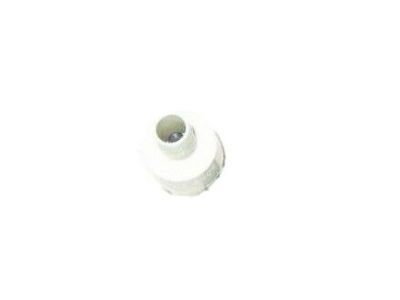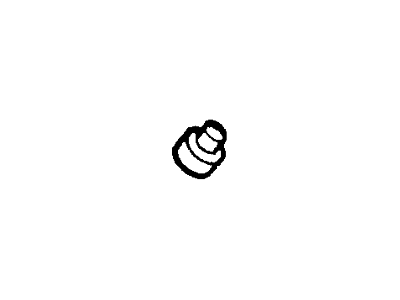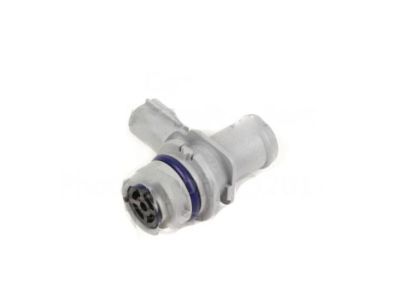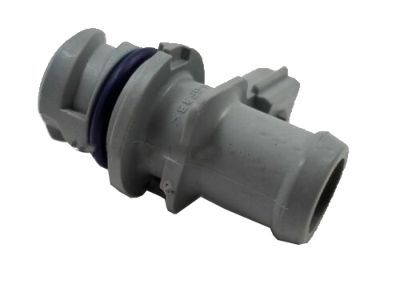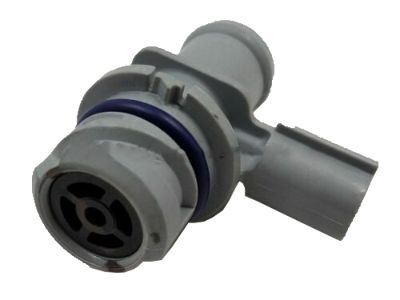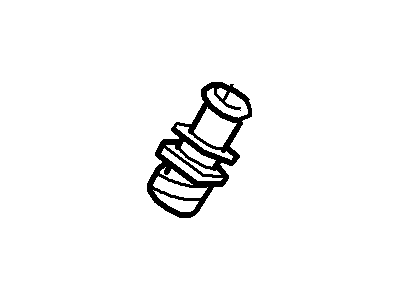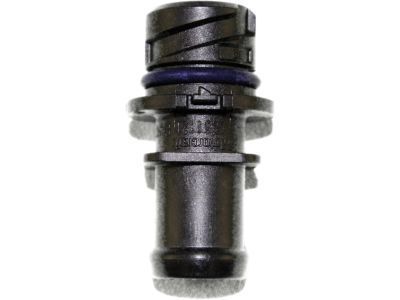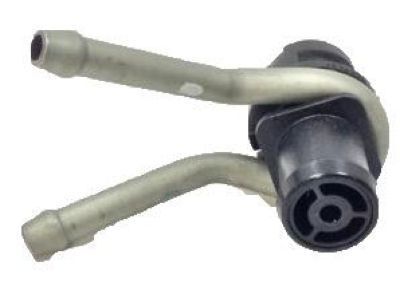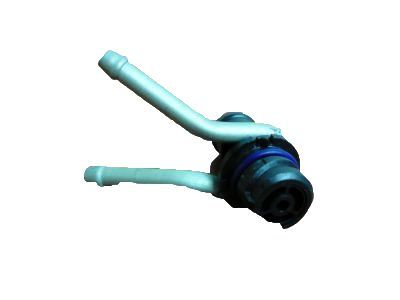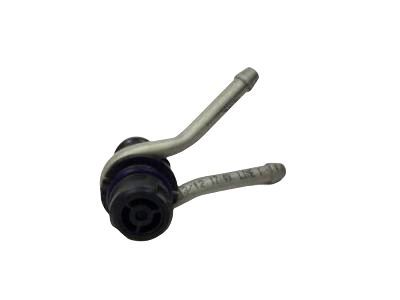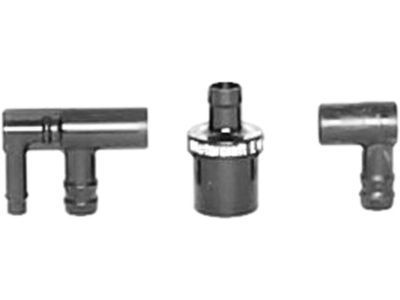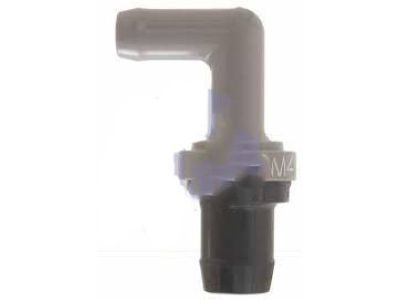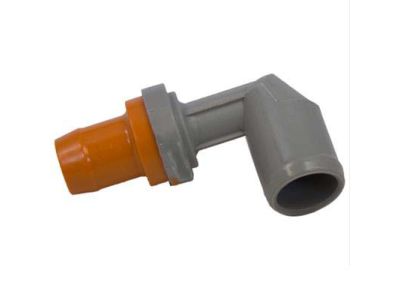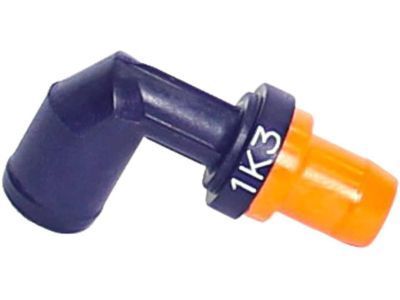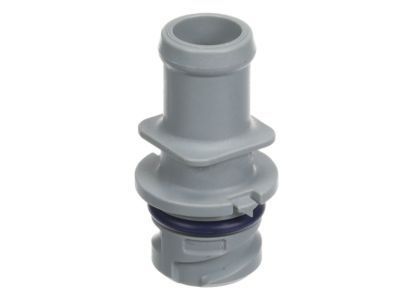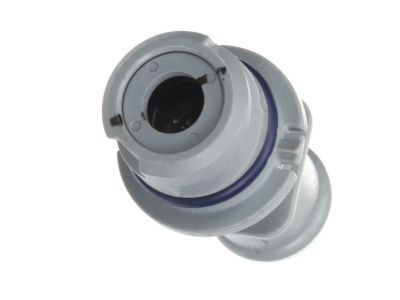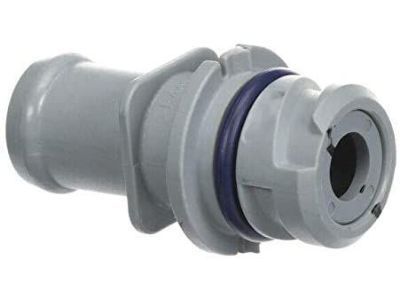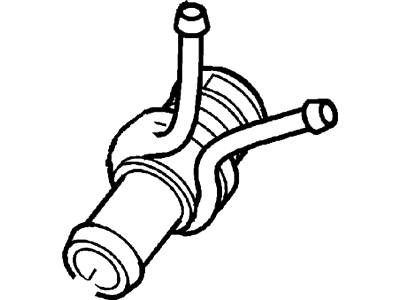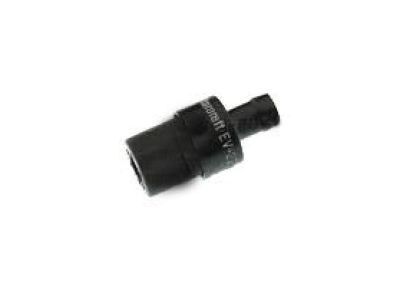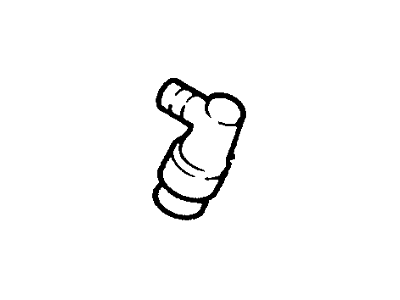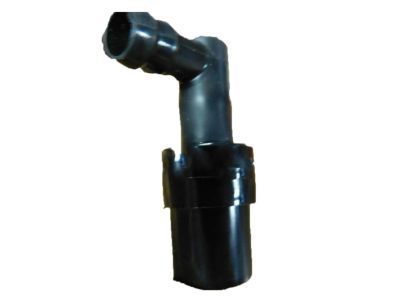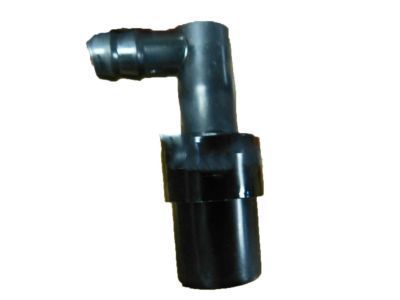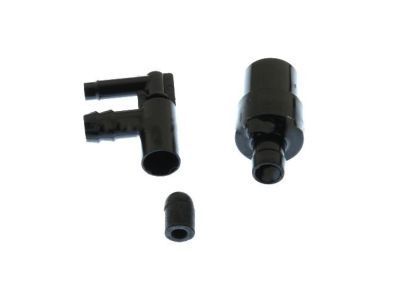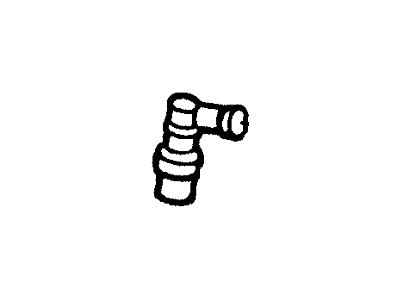

My Garage
My Account
Cart
Genuine Ford Ranger PCV Valve
Position Crank Ventilation Valve- Select Vehicle by Model
- Select Vehicle by VIN
Select Vehicle by Model
orMake
Model
Year
Select Vehicle by VIN
For the most accurate results, select vehicle by your VIN (Vehicle Identification Number).
25 PCV Valves found
Ford Ranger Valve Assembly
Part Number: 2C5Z-6A666-AA$79.66 MSRP: $131.67You Save: $52.01 (40%)Ships in 1 Business DayFord Ranger Valve Assembly
Part Number: YF1Z-6A666-AA$15.00 MSRP: $23.93You Save: $8.93 (38%)Ships in 1 Business DayFord Ranger Kit - Crankcase Ventilation Valve
Part Number: 2L5Z-6A666-BA$24.28 MSRP: $38.73You Save: $14.45 (38%)Ships in 1 Business DayFord Ranger Valve Assembly
Part Number: F6DZ-6A666-EA$25.08 MSRP: $40.00You Save: $14.92 (38%)Ships in 1 Business DayFord Ranger Valve Assembly
Part Number: 1L5Z-6A666-BA$104.39 MSRP: $172.55You Save: $68.16 (40%)Ships in 1-2 Business DaysFord Ranger Valve Assembly
Part Number: 3L8Z-6A666-AD$104.17 MSRP: $172.18You Save: $68.01 (40%)Ships in 1 Business DayFord Ranger Valve Assembly
Part Number: 4L5Z-6A666-BA$17.21 MSRP: $27.45You Save: $10.24 (38%)Ships in 1 Business DayFord Ranger Valve Assembly
Part Number: 1F1Z-6A666-AA$14.25 MSRP: $22.73You Save: $8.48 (38%)Ships in 1 Business DayFord Ranger Valve Assembly
Part Number: F5TZ-6A666-A$14.14 MSRP: $22.55You Save: $8.41 (38%)Ships in 1 Business DayFord Ranger Valve Assembly
Part Number: 2L5Z-6A666-AA$47.07 MSRP: $80.36You Save: $33.29 (42%)Ships in 1-2 Business DaysFord Ranger Valve Assembly - Regulating
Part Number: F57Z-6A666-A$14.71 MSRP: $23.45You Save: $8.74 (38%)Ships in 1-2 Business DaysFord Ranger Valve Assembly - Regulating
Part Number: FOZZ-6A666-A$14.71 MSRP: $23.45You Save: $8.74 (38%)Ships in 1-2 Business DaysFord Ranger Valve Assembly
Part Number: F6DZ-6A666-B2A$25.08 MSRP: $40.00You Save: $14.92 (38%)Ships in 1 Business DayFord Ranger Valve Assembly
Part Number: E73Z-6A666-A$25.08 MSRP: $40.00You Save: $14.92 (38%)Ships in 1 Business Day
| Page 1 of 2 |Next >
1-20 of 25 Results
Ford Ranger PCV Valve
The PCV Valve found in Ford Ranger is one of the important components that assists in emission and improving performance of the vehicle engines. Withdrawing the crankcase's combustion byproduct gases and recycling these back into the engine's combustion chambers is how the PCV Valve assists in preventing harm to the environment and the buildup of waste engine oil sludge. Depending on the intake manifold vacuum situation, the PCV Valve has the capacity to reduce the amount of gas flow when the vehicle is idling and hence serious lean running may occur, while at high RPMs or under a load, the PCV Valve can allow the blow-by gasoline mixture to enter and be managed by the engine. Also, the PCV valve prevents the formation of a backfire known as flame arrester and helps in maintaining the ideal ventilation as positive pressure will not be allowed to enter the crankcase. In order to have a good performance of the automobile, continual check up of the PCV Valve is required to avoid challenges like; leaks of oil, dirt on the engine oil and high rate of fuel consumption.
We provide a wide range of Ford Ranger PCV Valve at the best prices possible. If you need Ford Ranger PCV Valve, you can shop with confidence on our website. All our OEM parts come with a manufacturer's warranty and are delivered to your door step with a fast delivery service.
Ford Ranger PCV Valve Parts Questions & Experts Answers
- Q: What is the purpose of the Positive Crankcase Ventilation (PCV) system and PCV Valve on 1993-2011 Ford Ranger?A:The PCV system reduces hydrocarbon emission by scavenging crankcase vapors and circulating fresh air through the crankcase. It uses a PCV valve, fresh-air filtered inlet, and vacuum hoses to connect to the engine and EECS system. The PCV valve restricts flow during high intake manifold vacuum to maintain idle quality. In abnormal conditions, excess blow-by gases flow back into the air cleaner for combustion.
- Q: How to check and replace the PCV Valve on 2000-2011 Ford Ranger?A:One must regularly clean and check the PCV valve and hoses to keep the PCV system efficient. The valve can be found in different places depending on the model of the engine. It should shake when you take it out and give it a good shake, or just replace it if you do not hear anything. Check if there is any vacuum after detaching the hose. If there is no vacuum it means that one should look for leaks or replace any damaged components. Ensure that the hose is clean and in good condition with necessary fittings. Fit a new valve where necessary and reconnect the hose safely too.
- Q: What is the purpose of the Positive Crankcase Ventilation (PCV) system and PCV Valve on 2000-2011 Ford Ranger?A:The Positive Crankcase Ventilation (PCV) system reduces emissions by circulating fresh air from the air cleaner through the crankcase, mixing with gases, and rerouting through a PCV valve to the intake manifold. The system includes a PCV valve, a fresh-air inlet, and vacuum hoses. The PCV valve restricts flow to maintain idle quality. If anything odd occurs, the system allows excess gases to flow back into the air cleaner for normal combustion.
Related Ford Ranger Parts
Browse by Year
2011 PCV Valve 2010 PCV Valve 2009 PCV Valve 2008 PCV Valve 2007 PCV Valve 2006 PCV Valve 2005 PCV Valve 2004 PCV Valve 2003 PCV Valve 2002 PCV Valve 2001 PCV Valve 2000 PCV Valve 1999 PCV Valve 1998 PCV Valve 1997 PCV Valve 1996 PCV Valve 1995 PCV Valve 1994 PCV Valve 1993 PCV Valve 1992 PCV Valve 1991 PCV Valve 1990 PCV Valve 1989 PCV Valve 1988 PCV Valve 1987 PCV Valve 1986 PCV Valve 1985 PCV Valve 1984 PCV Valve 1983 PCV Valve
